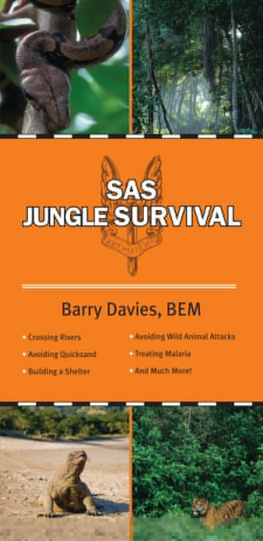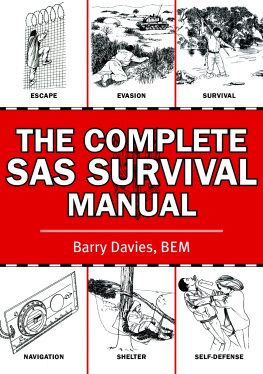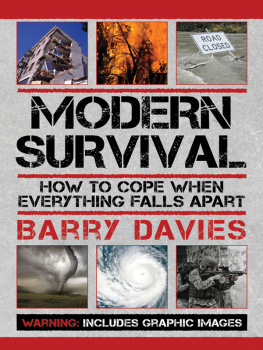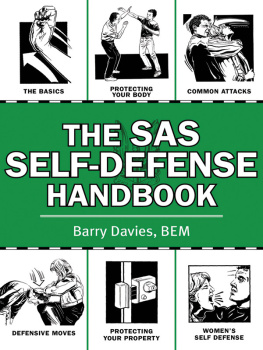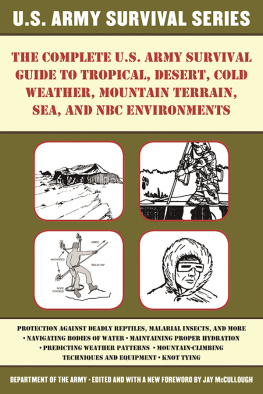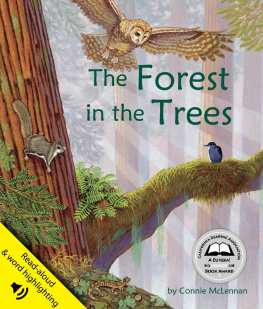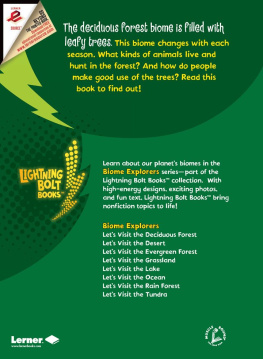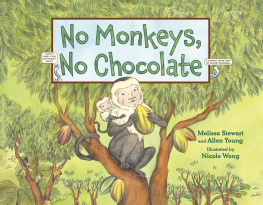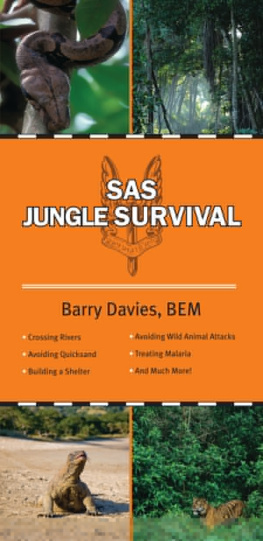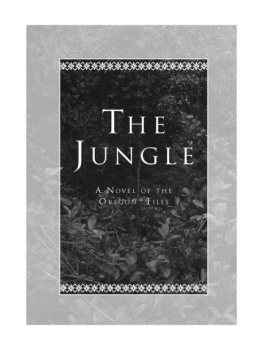

SAS
JUNGLE
SURVIVAL
SAS
JUNGLE
SURVIVAL
Barry Davies, BEM

Copyright 2013 by Barry Davis
All Rights Reserved. No part of this book may be reproduced in any manner without the express written consent of the publisher, except in the case of brief excerpts in critical reviews or articles. All inquiries should be addressed to Skyhorse Publishing, 307 West 36th Street, 11th Floor, New York, NY 10018.
Skyhorse Publishing books may be purchased in bulk at special discounts for sales promotion, corporate gifts, fund-raising, or educational purposes. Special editions can also be created to specifications. For details, contact the Special Sales Department, Skyhorse Publishing, 307 West 36th Street, 11th Floor, New York, NY 10018 or .
Skyhorse and Skyhorse Publishing are registered trademarks of Skyhorse Publishing, Inc., a Delaware corporation.
Visit our website at www.skyhorsepublishing.com.
10 9 8 7 6 5 4 3 2 1
Library of Congress Cataloging-in-Publication Data is available on file.
ISBN: 978-1-62087-208-6
Printed in China
Contents
Introduction
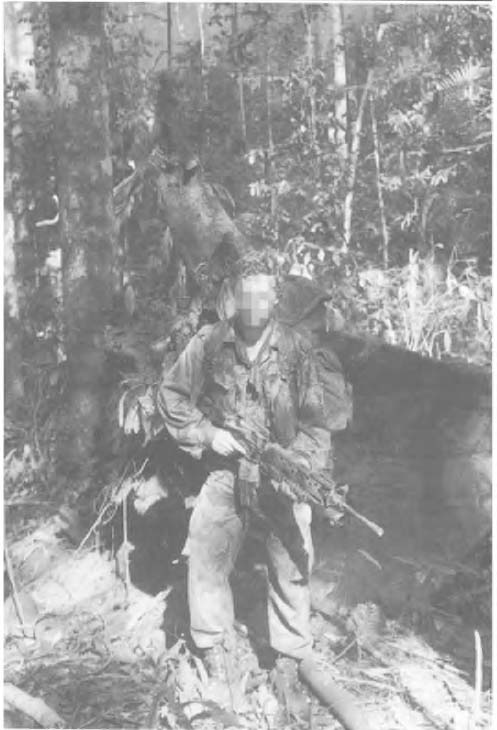
When I was a young soldier, about to join the SAS, I read a book called The Long Walk by Slavomir Rawicz. It recounts the trials endured by six men and one woman who, after escaping from a Soviet prison camp in late 1939, walked from the Arctic Circle across the Gobi Desert and south all the way to India. After 4,000 miles and 18 months four of them, including one American, survived. Their story instilled in me a never-ending thirst for all matters relating to human powers of survival.
The jungle is, perhaps, my favourite environment in which to practise survival techniques. Jungles are divided into two types: primary and secondary. When we think of jungles we imagine a densely forested area with almost impenetrable foliage; this is what is known as a primary jungle. But jungles can also include swamps, grasslands and cultivated areas. A primary jungle can be either a tropical rain forest or a deciduous forest, depending on the types of trees and plants found growing there.
Tropical Rain Forest This typically has very tall trees whose upper branches interlock to form canopies. Underneath the top canopy there may be two or three more canopies at different levels, depending on how much light can penetrate through. The lowest canopy may be only 10m (33ft) from the ground. The effect of these canopies is to stop any sunlight from reaching the jungie floor. Undergrowth is therefore extremely limited; there are, however, extensive buttress root systems and many species of hanging vine at these levels.
As its name suggests, the rain forest has a very high rainfall, and the tropical heat produces humidity levels which at times can be seriously exhausting.
The waterlogged ground all but rules out any off-road vehicular travel, so realistically the only way to travel through this type of jungle is on foot. Due to the lack of undergrowth this is fairly easy in a tropical rain forest, especially compared to other types of forest. However, it does present its own problems: due to the dense canopy, no search-and-rescue crew will be able to see you from the air. Ground visibility is also limited to about 50m (165ft), and it is extremely easy to get disorientated and lost.
Deciduous Forest This is found in semi-tropical regions. Here the weather tends to have a marked annual season of rainfall (usually called a monsoon) and a dry season, even a drought. During the heavy rains the trees produce leaves, and when it is drier the foliage tends to die back. Unlike the tropical rain forest the trees are not so densely packed together and sunlight is able to penetrate the canopy and reach the forest floor. This encourages the development of a thick layer of undergrowth.
Travelling through a deciduous forest in the dry season is reasonably easy, and visibility is relatively unhampered. However, during the wet season, when the trees are in full leaf and the undergrowth is at its thickest, movement is extremely slow and difficult, and visibility is hampered both from above and on the ground.
Secondary Jungle This occurs on the edge of primary jungles, and appears where forest has been cleared (frequently by man, using slash-and-burn methods) and then abandoned back to nature. Where the ground has had much exposure to sunlight certain types of plants take hold and grow vigorously. These are usually weeds, grasses, thorny shrubs, ferns and bamboo.
This sort of thick, difficult vegetation, often growing to a height of 2m (6.5ft), makes any movement on foot slow and difficult. Visibility is often no more than 2-3m (6-1 Oft), giving a feeling of claustrophobia. Often the only way to move through the impenetrable foliage is to slash your way through with a machete.
Basic Equipment
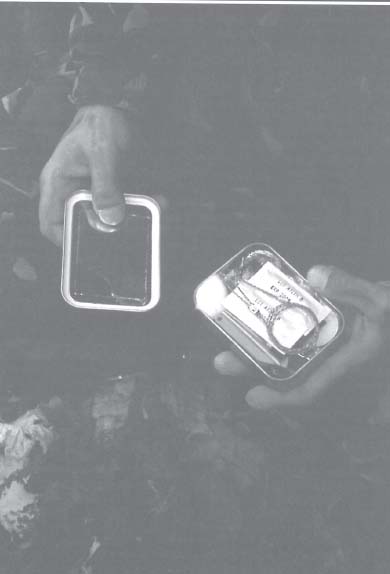
Anyone venturing into an uninhabited and potentially hostile area should carry a survival pack. The contents of the pack should be dictated by the type of terrain you are entering, and should provide the means to protect life in the event of a survival situation occurring.
Escape and survival equipment is issued as a matter of course to military pilots and Special Forces units; but the development of specialist survival equipment for civilian use has also increased dramatically over the past decade. This equipment varies from the basic items supporting such global techniques as making fire, constructing shelter, and navigation, to those varying items required for survival in specific terrain and climatic conditions.
An important factor is that every item included in a survival kit has to be of real use, and its usefulness must be judged against its size and weight. Ultimately, each item must increase your chances of survival in and rescue from situations in which you may initially have no other resources apart from the clothes you stand up in.
There are few places in the wild where you wont have to deal with bugs to some degree, but this is especially true in tropical, swampy or forested areas. Every survival kit should include extra insect repellent. Those based on a solid wax stick are the best for the jungle, and give effective, long-lasting coverage.
Also adjust your medical kit so that it caters for skin rashes, snakebite, etc. In a tropical environment, or anywhere else where biting insects present a serious problem, taking plenty of mosquito netting will greatly reduce the number of bites needing treatment. If the area is extremely bad you should consider using a head-net for protection; use the type that have two hoops, top and bottom, to keep the netting away from your face.
Survival Kit
A survival kit could save your life. Whenever you embark upon any journey or activity where a survival situation might occur, make sure that you have a survival kit with you and, most importantly, that it is on your person.
Each item must be evaluated for its usefulness and, ideally, its adaptability to different uses, make sure that the sale purpose of one item is not duplicated by another. Once you have decided upon your final selection, pack the items neatly in an airtight and waterproof container such as a metal tobacco tin, a screw-top cylindrical metal container, a waterproof plastic box, or a resealable polythene bag inside a sturdy canvas pouch. Whichever container you choose, once it has been packed with the relevant selection of kit for the particular conditions you face it should not be opened until needed.
Next page
